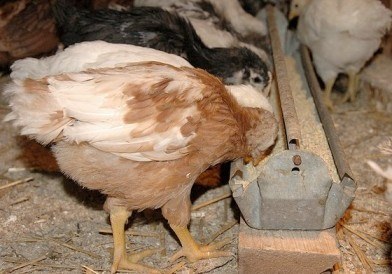Rising consumption patterns on the back of growing incomes and a burgeoning middle class is expected to double the demand for food ingredients in Asia
The higher affordability of food, especially poultry, has particularly improved the prospects of the animal feed ingredients market. Acknowledging the escalating demand, feed ingredients suppliers are striving to increase the production of efficient, cost-effective, fortified animal feed ingredients.
New analysis from Frost & Sullivan, Analysis of the Asia-Pacific Animal Feed Ingredients Market, finds that the market earned revenues of over US$1.65 billion in 2011 and estimates this to reach US$2.38 billion in 2018.
Many companies have set up base in Asia Pacific, bringing innovative products and technological advancements to developing markets. Their state-of-the-art capabilities enable them to offer customised, efficient, cost-effective solutions with superior nutritional benefits to farmers in the region.
"These global participants' best practices have raised the standards and practices of the industry," said Frost & Sullivan Industry analyst Anjaneya Reddy. "However, with the outlook for the Asia Pacific economy still dim, feed suppliers have had to cut costs to maintain their customer base."
Farmers also prefer fresh feed over fortified or supplemented fodder for animals, as they have access to fresh feed across seasons. Additionally, farmers prefer alternatives to fortified food because their higher prices tend to shrink their already thin margins.
Concrete measures by the industry and the government to market the efficacy benefits of feed ingredients to farmers will boost adoption and expand the market.
"Suppliers must focus on creating awareness of the benefits of feed fortification, such as its ability to extend shelf-life, keep animals in good health, and provide quality products like meat and eggs," noted Reddy. "Organisations and various associations could also customize ingredients to suit the needs of the farmers, as well as take advantage of the safe image of various feed ingredients for branding purposes."




